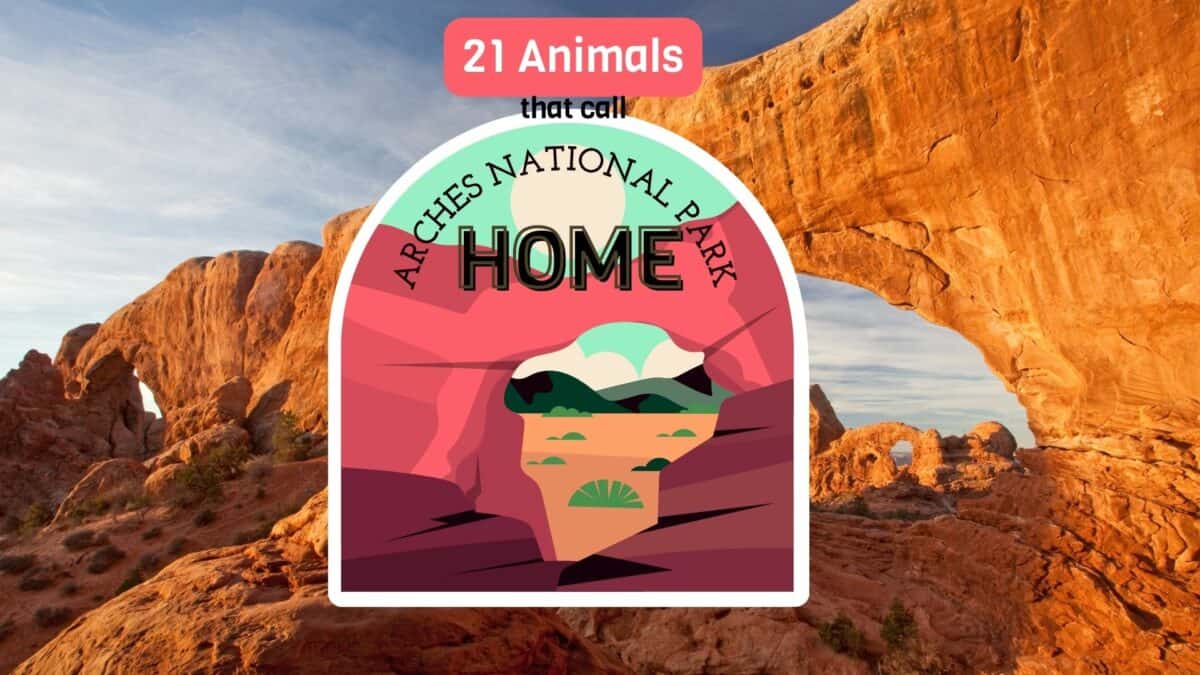If you’ve ever visited Arches National Park, you’d know that it boasts natural beauty, with rock arches that precariously balance. But another fantastic aspect of this park is its wildlife. Below, you’ll find a list of animals that call Arches National Park home.
Mule Deer
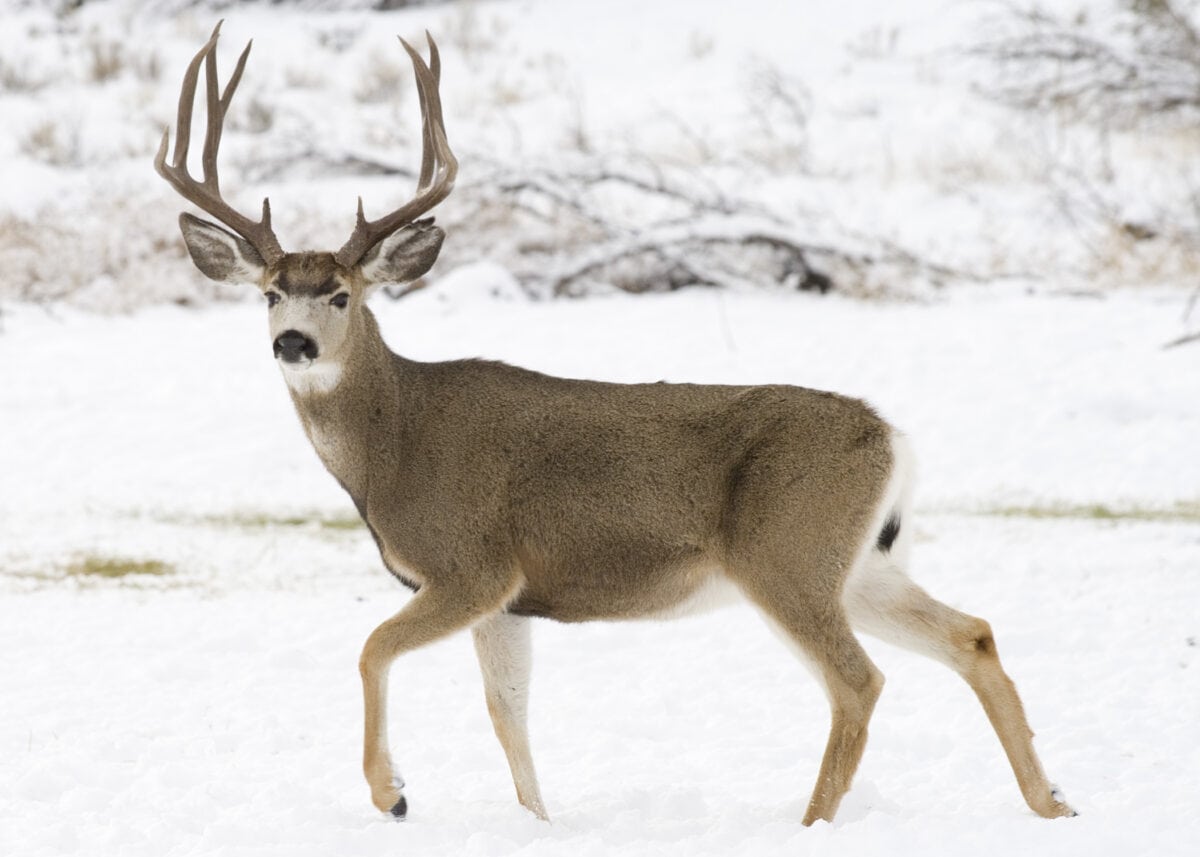
Commonly seen at dawn and dusk, these deer are adapted to the desert’s harsh conditions.
Desert Bighorn Sheep
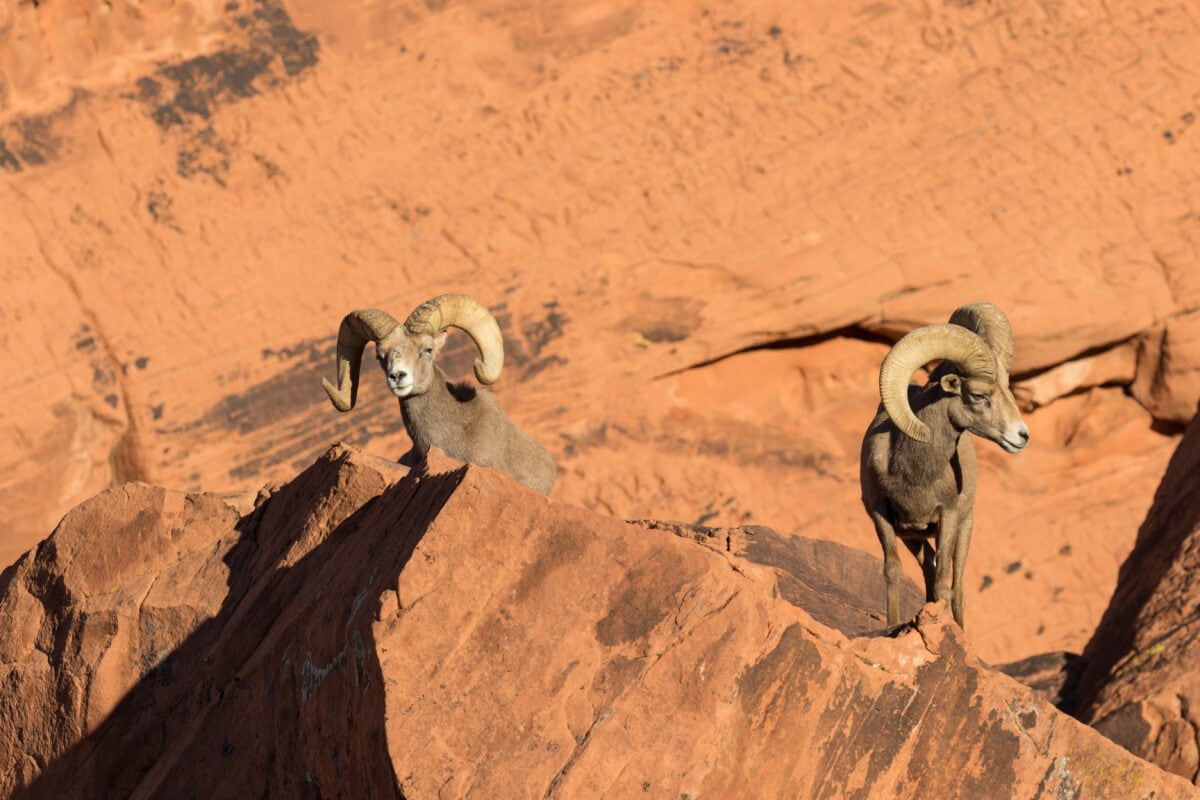
Reintroduced in the 1980s, they are now thriving in the park’s rocky terrain.
Mountain Lion
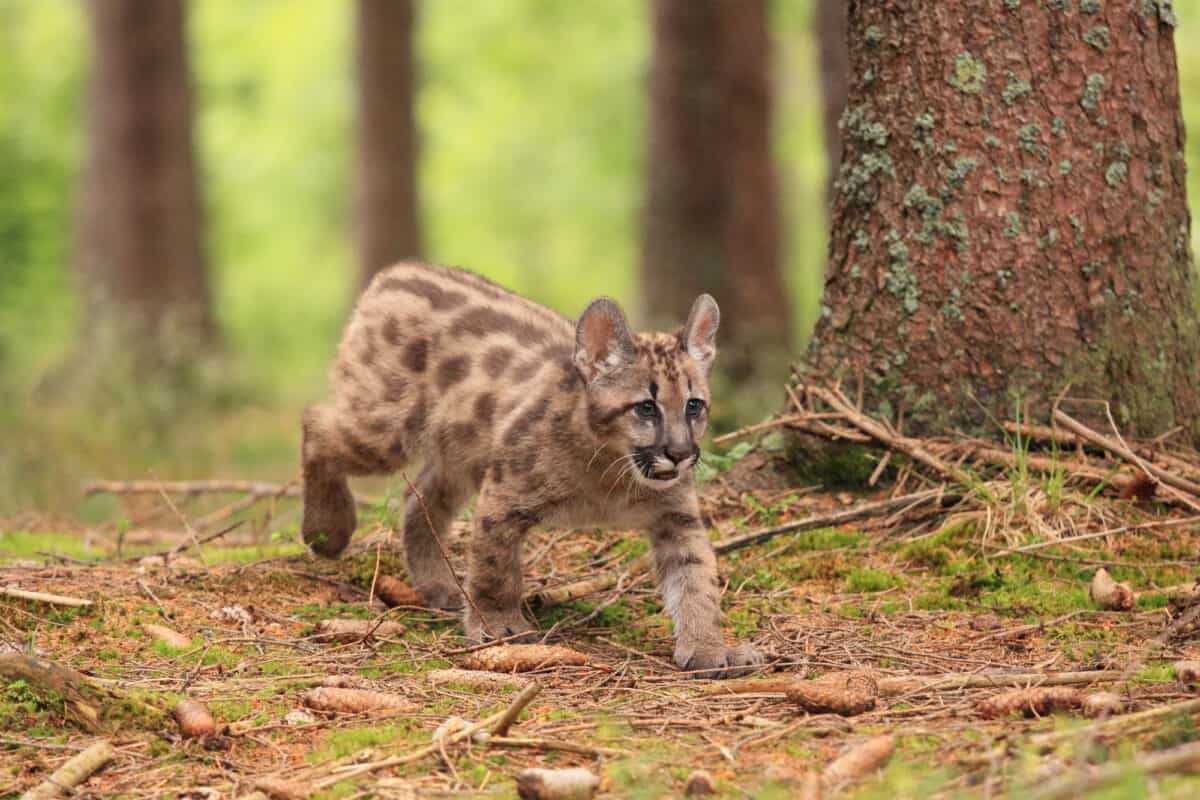
Also known as cougars, these elusive predators are at the top of the food chain in Arches.
Black-Tailed Jackrabbit
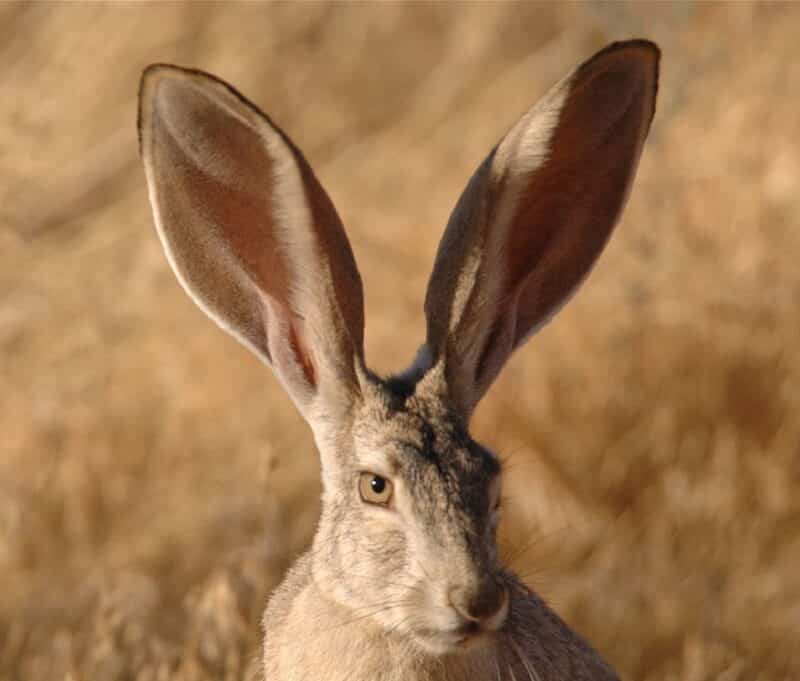
Noted for their large ears and powerful hind legs, these rabbits are adapted to the hot desert environment.
Rock Wren
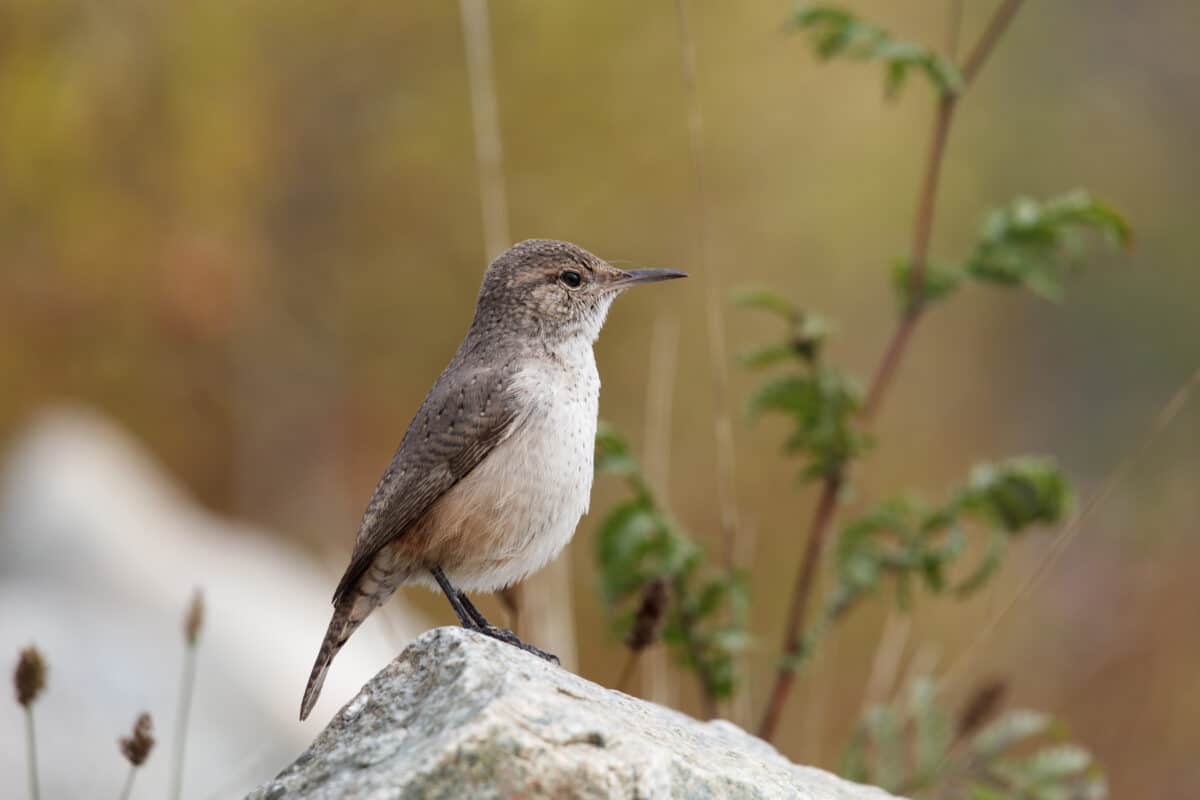
A small bird that can be seen hopping among the rocks, searching for insects.
Peregrine Falcon
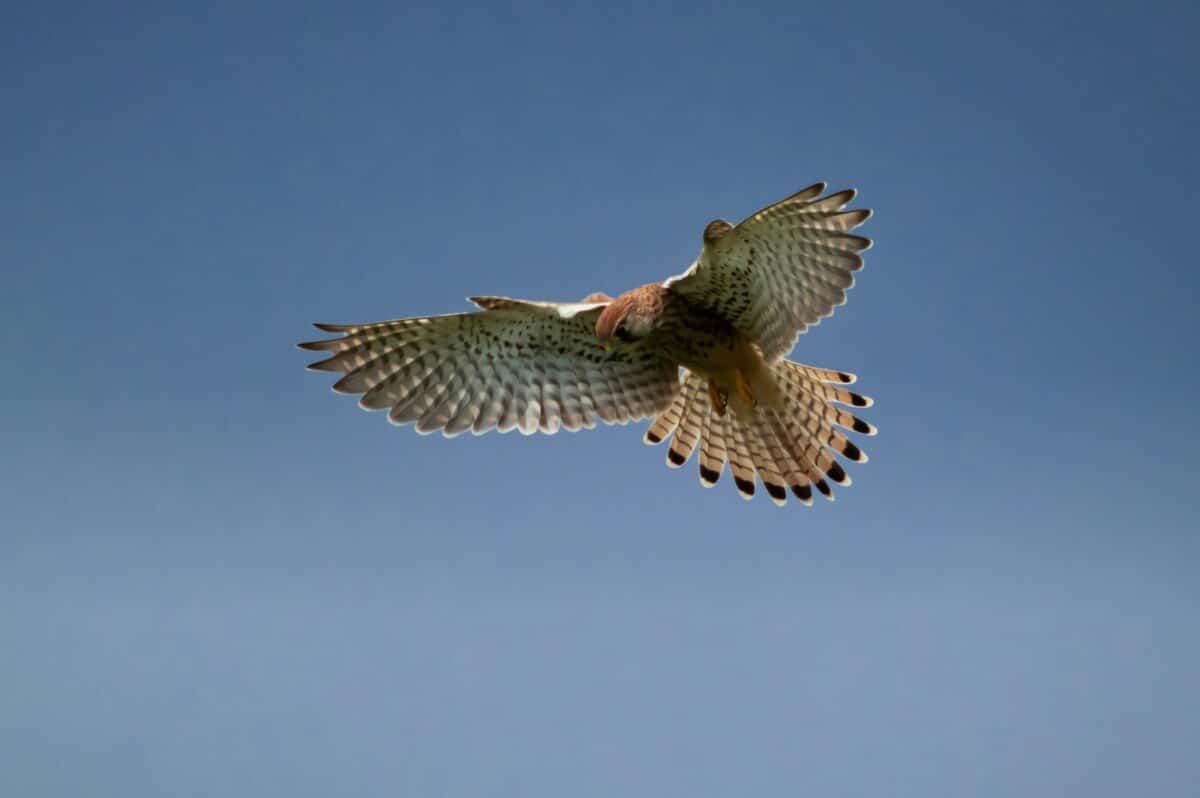
Known for being one of the fastest birds, they nest on the park’s cliff faces.
Red-Tailed Hawk
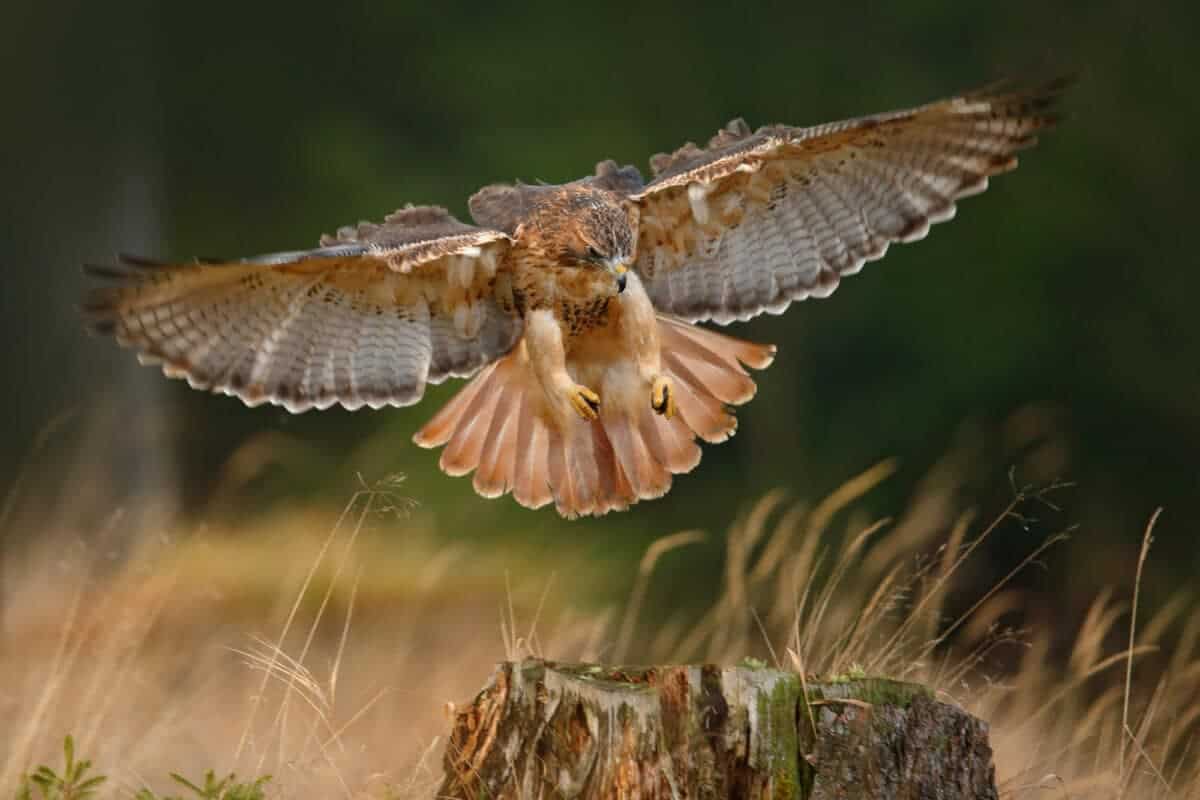
These birds of prey are often seen soaring high above the park, searching for food.
Coyote
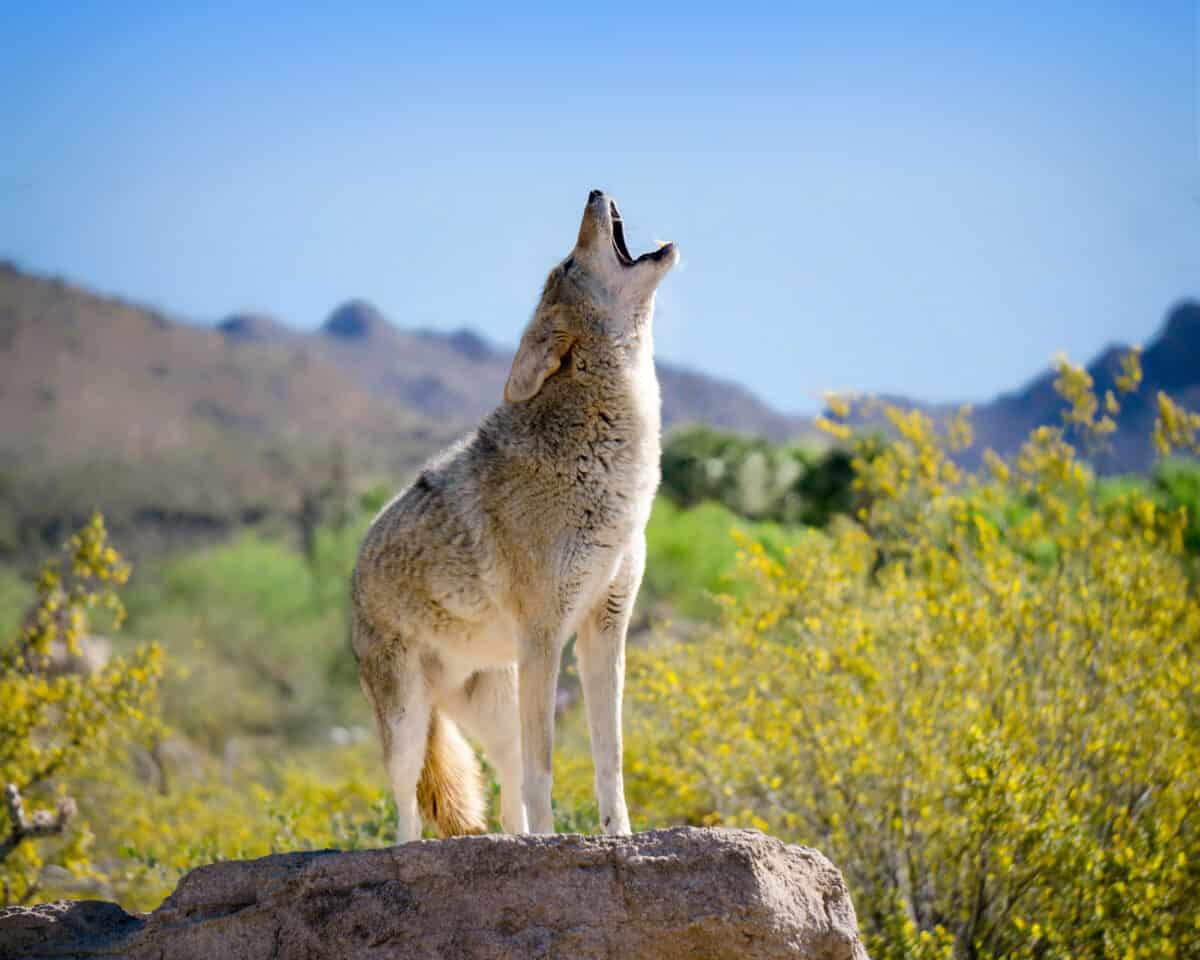
Often heard at night, coyotes are important scavengers and predators in the ecosystem.
Golden Eagle
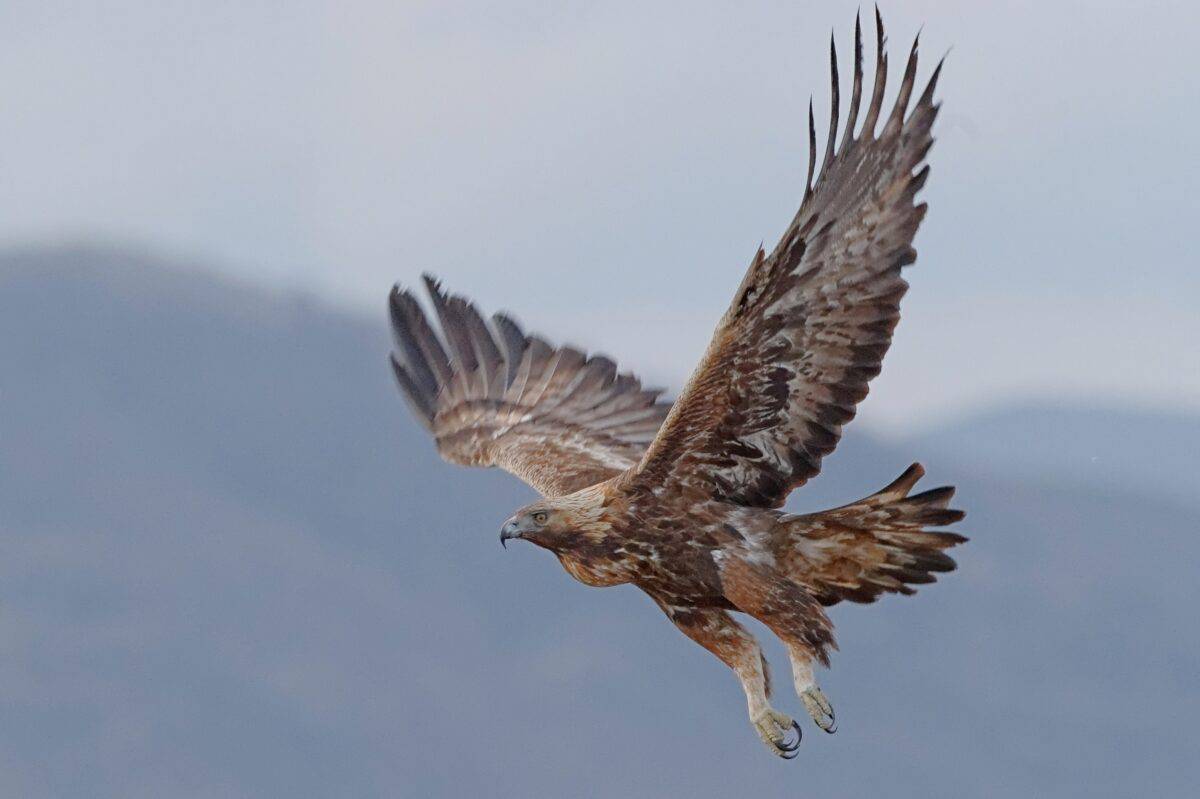
Majestic birds of prey, golden eagles are occasionally seen in Arches National Park.
Common Raven
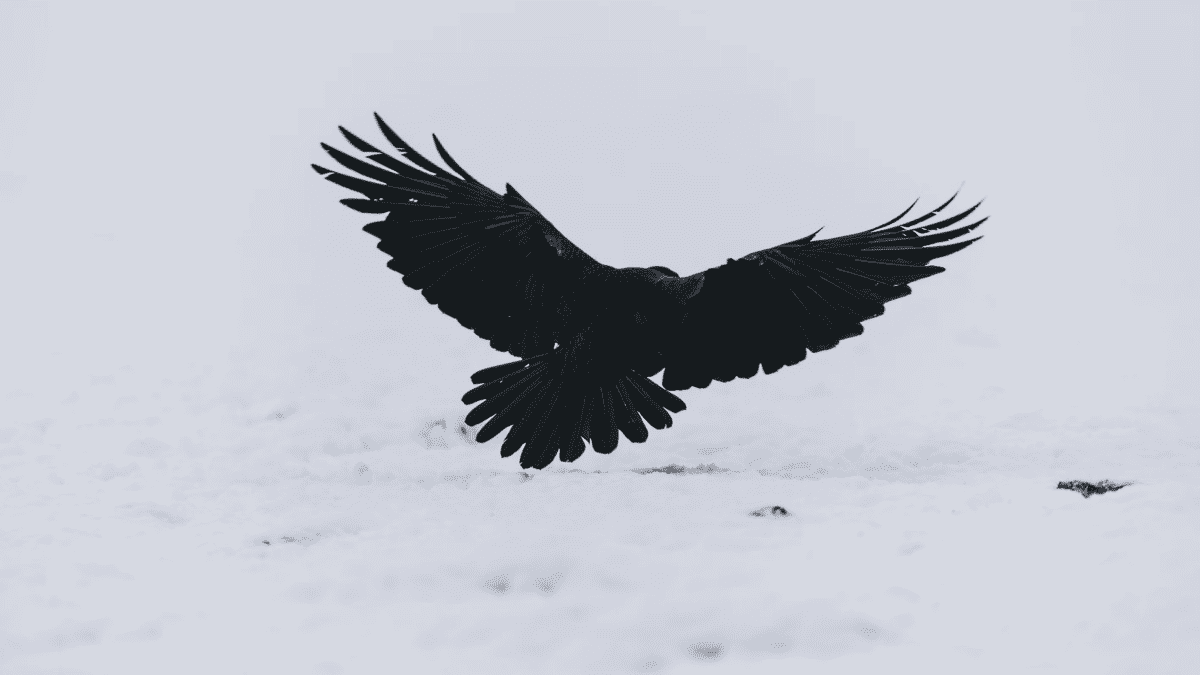
Highly intelligent birds, ravens are a common sight, known for their problem-solving skills.
Utah Prairie Dog
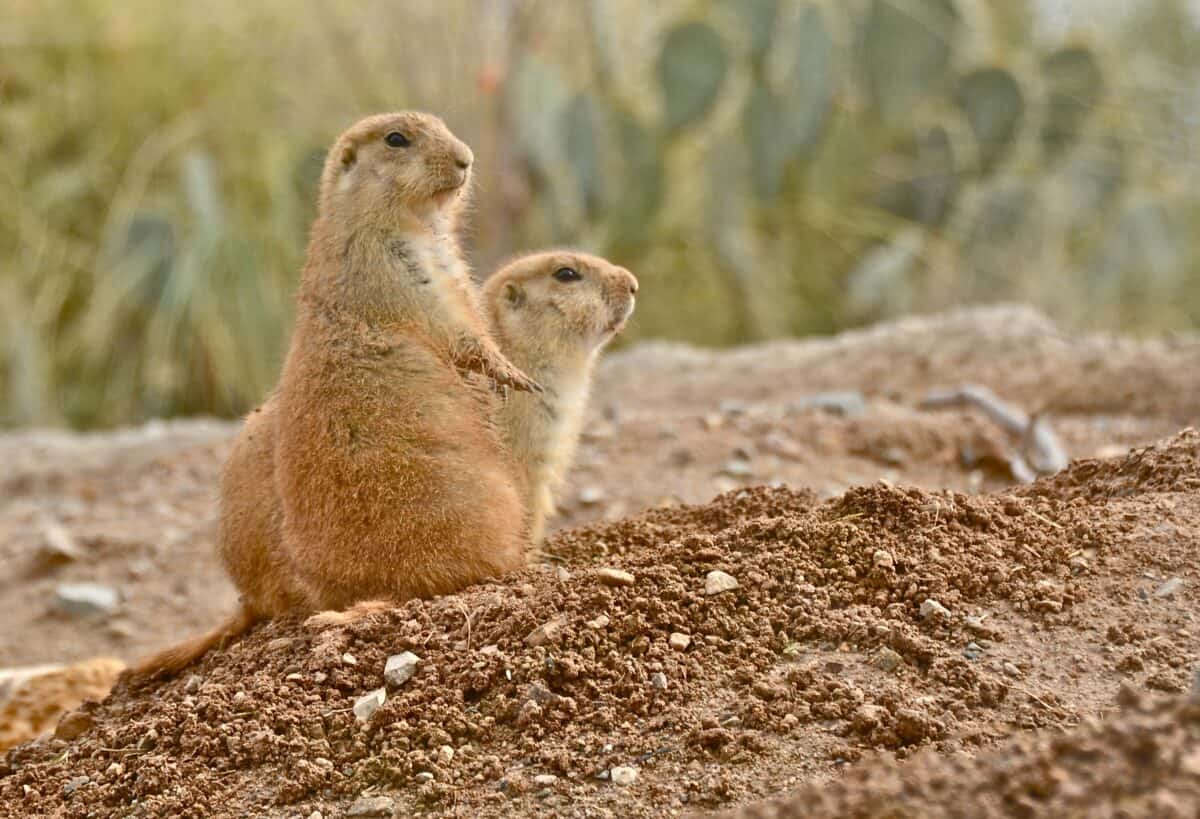
These small, burrowing rodents are vital to the park’s ecosystem, providing food for predators and aerating the soil.
Ringtail
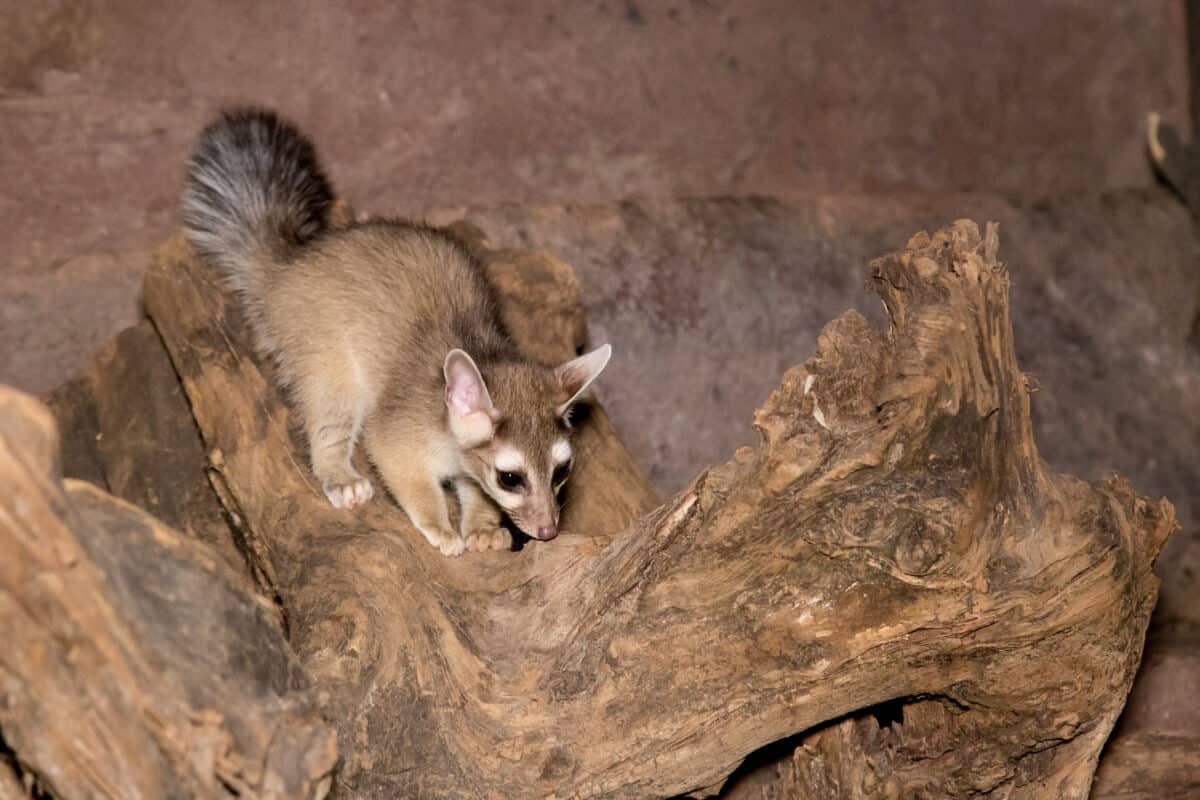
A nocturnal mammal that is seldom seen, ringtails are related to raccoons and are excellent climbers.
Desert Cottontail
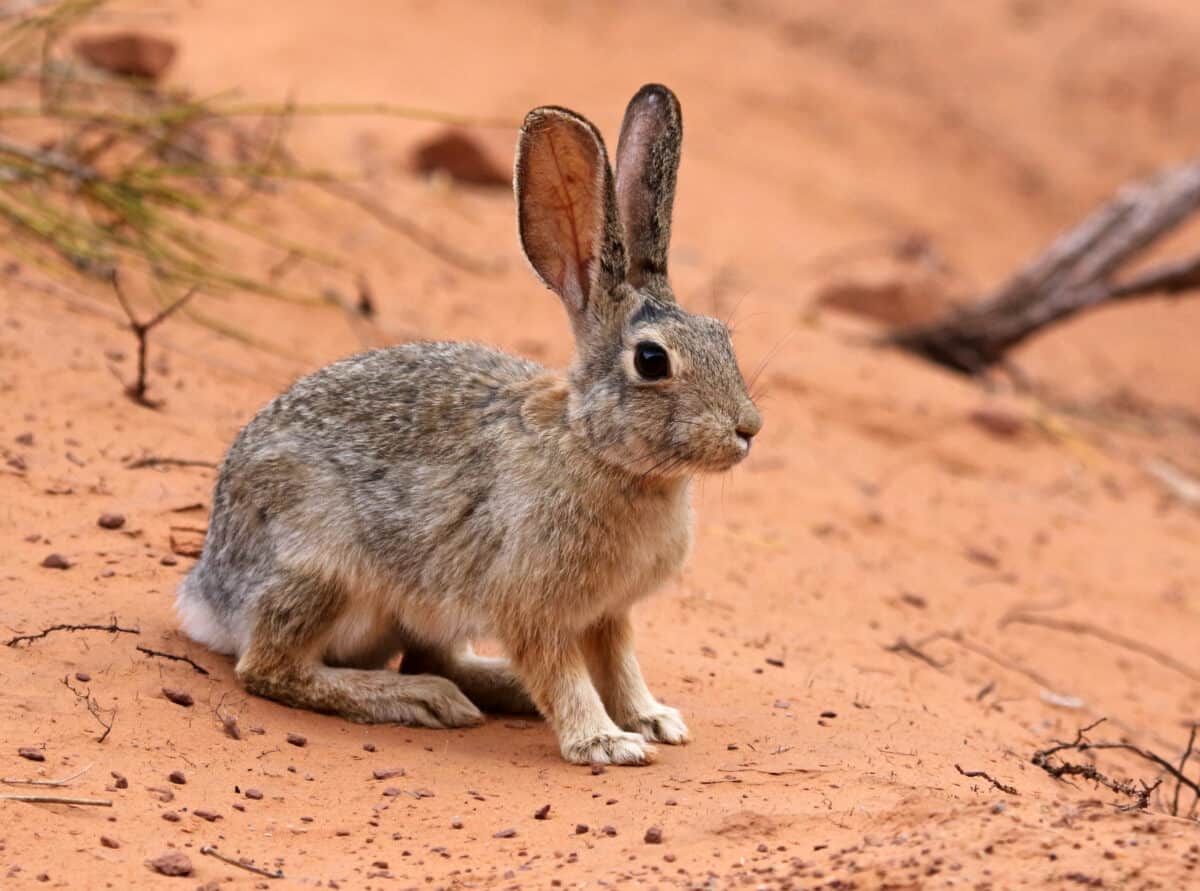
Smaller than jackrabbits, these rabbits are another common herbivore in the park.
Kit Fox
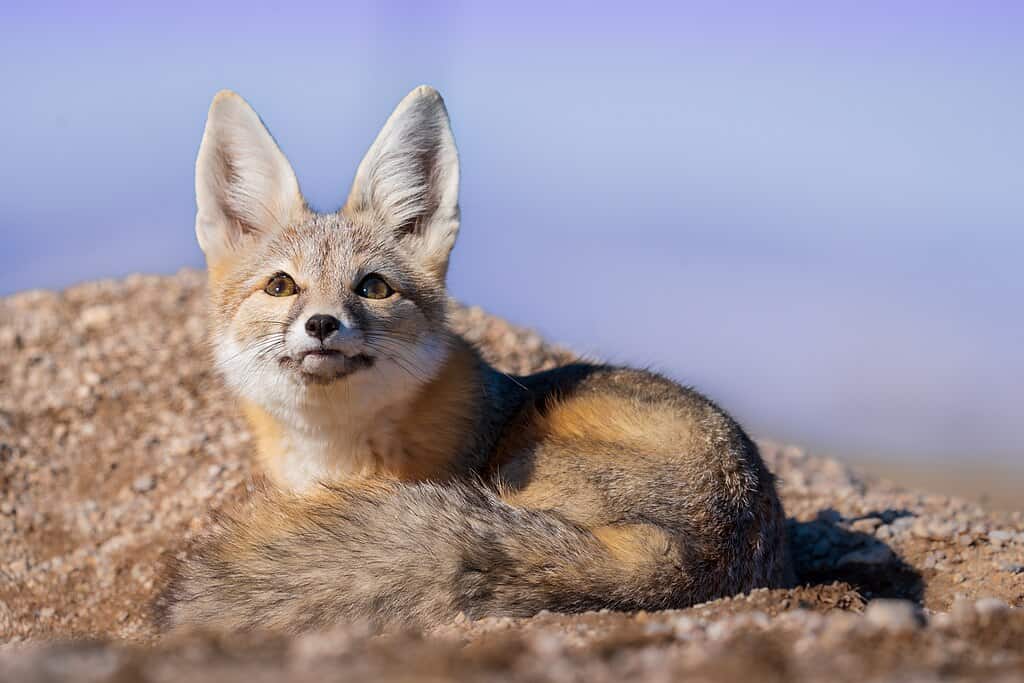
The smallest canine in North America, the kit fox is adapted to desert life with its large ears and nocturnal habits.
Western Diamondback Rattlesnake
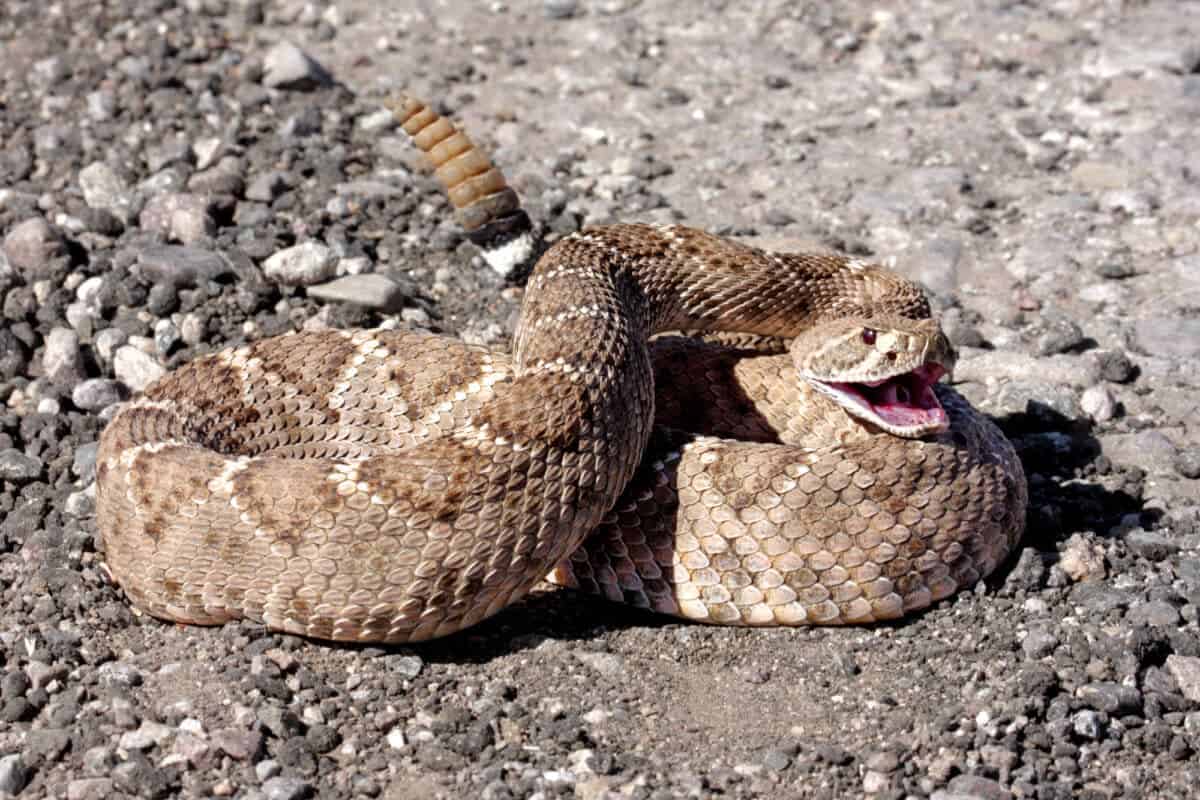
One of several species of venomous snakes that inhabit the park, known for its distinctive rattle.
Chuckwalla
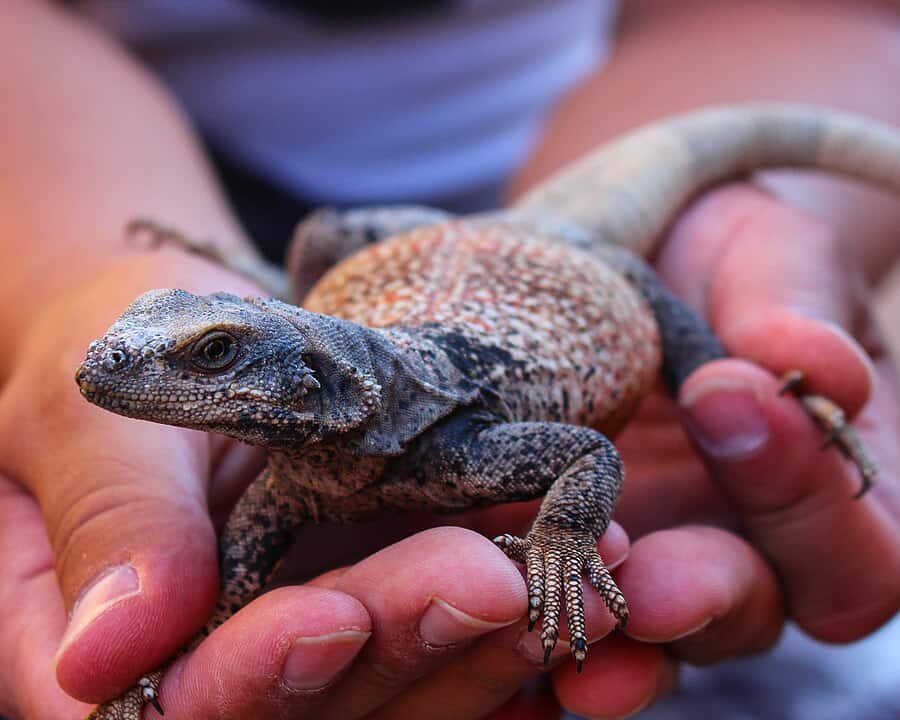
A large lizard that can often be seen basking on rocks in the warmer months.
Collared Lizard
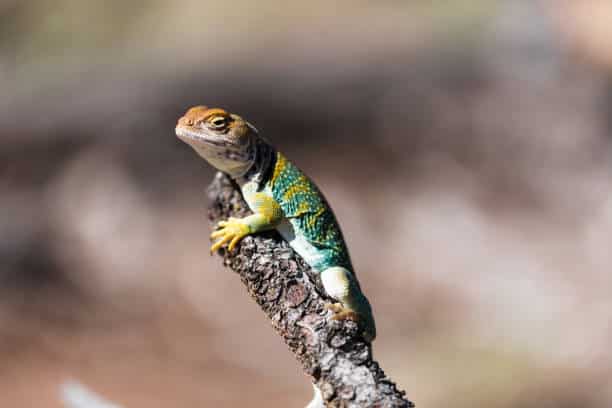
Colorful and fast, these lizards are a vibrant sight among the desert landscape.
Gila Monster
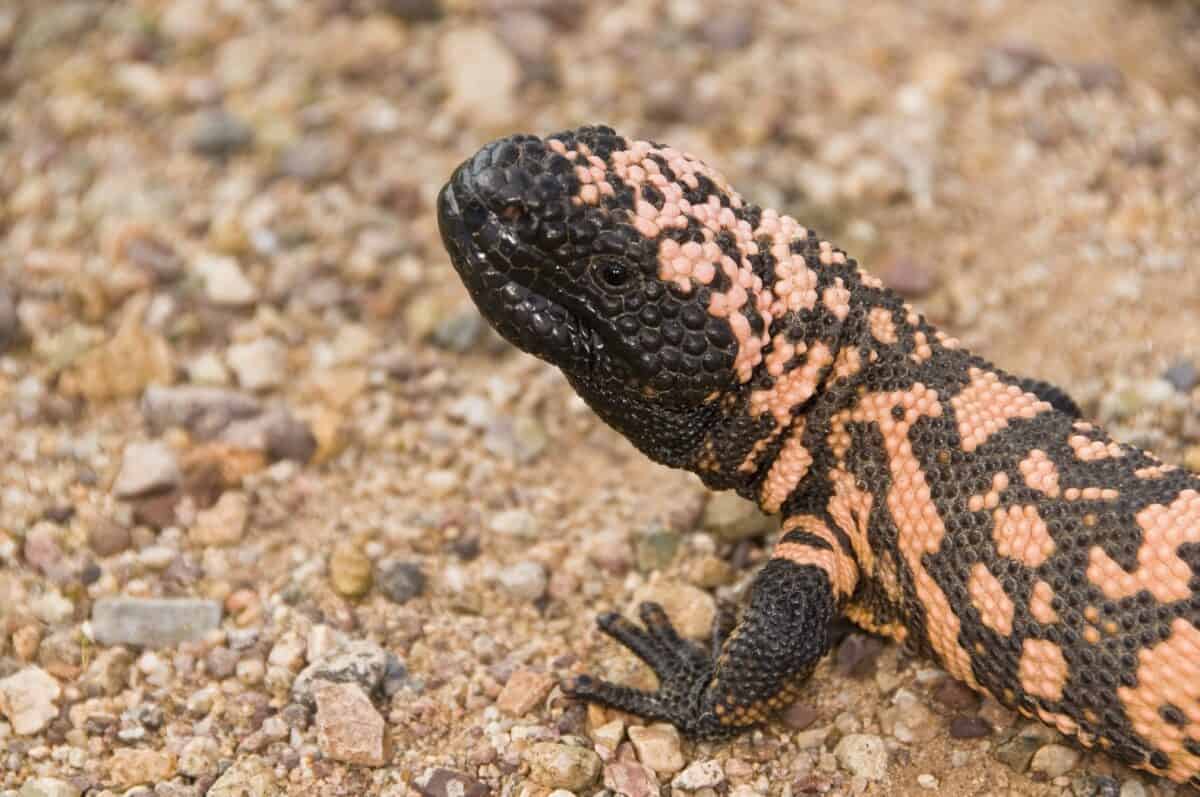
Although rare and seldom seen, this venomous lizard is one of the park’s most intriguing reptiles.
Great Horned Owl
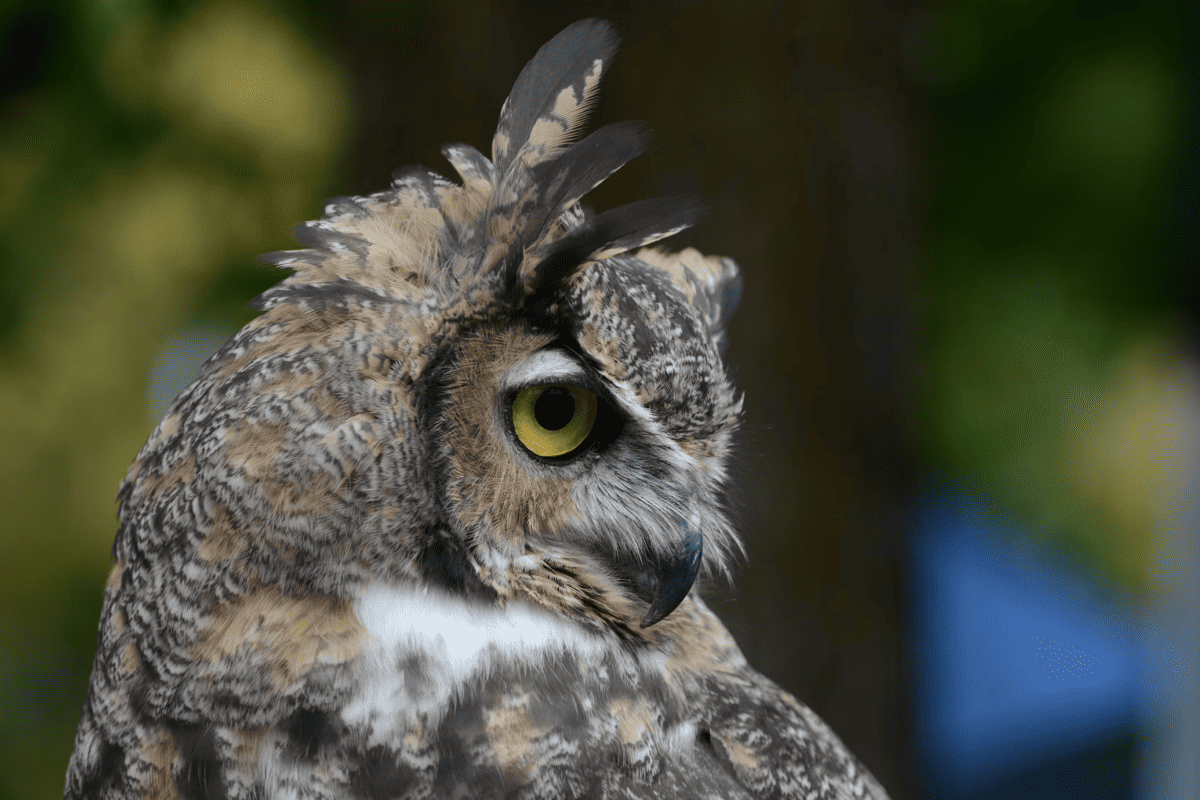
Known for their distinctive hooting call, these owls are apex nocturnal predators.
Antelope Squirrel
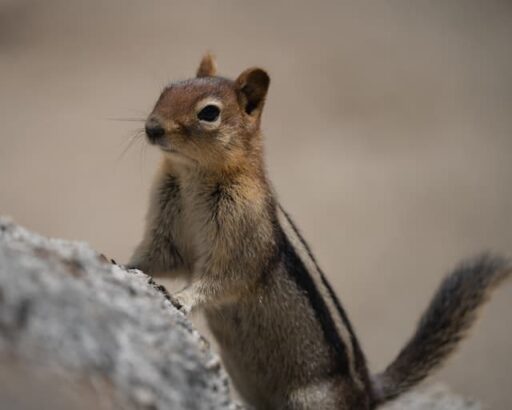
Small and agile, these squirrels are adapted to the desert’s extreme temperatures.
Turkey Vulture
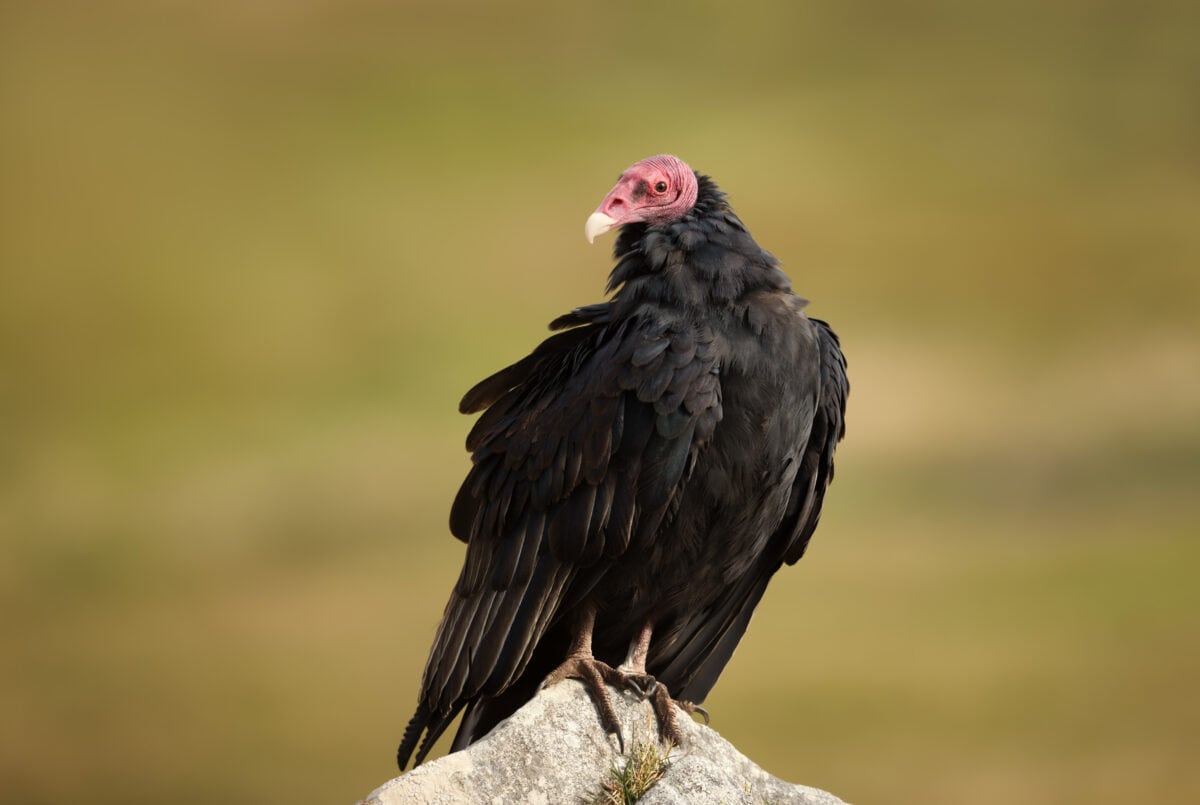
Often seen circling in the sky, these scavengers play an important role in the ecosystem by cleaning up dead animals.
Conclusion
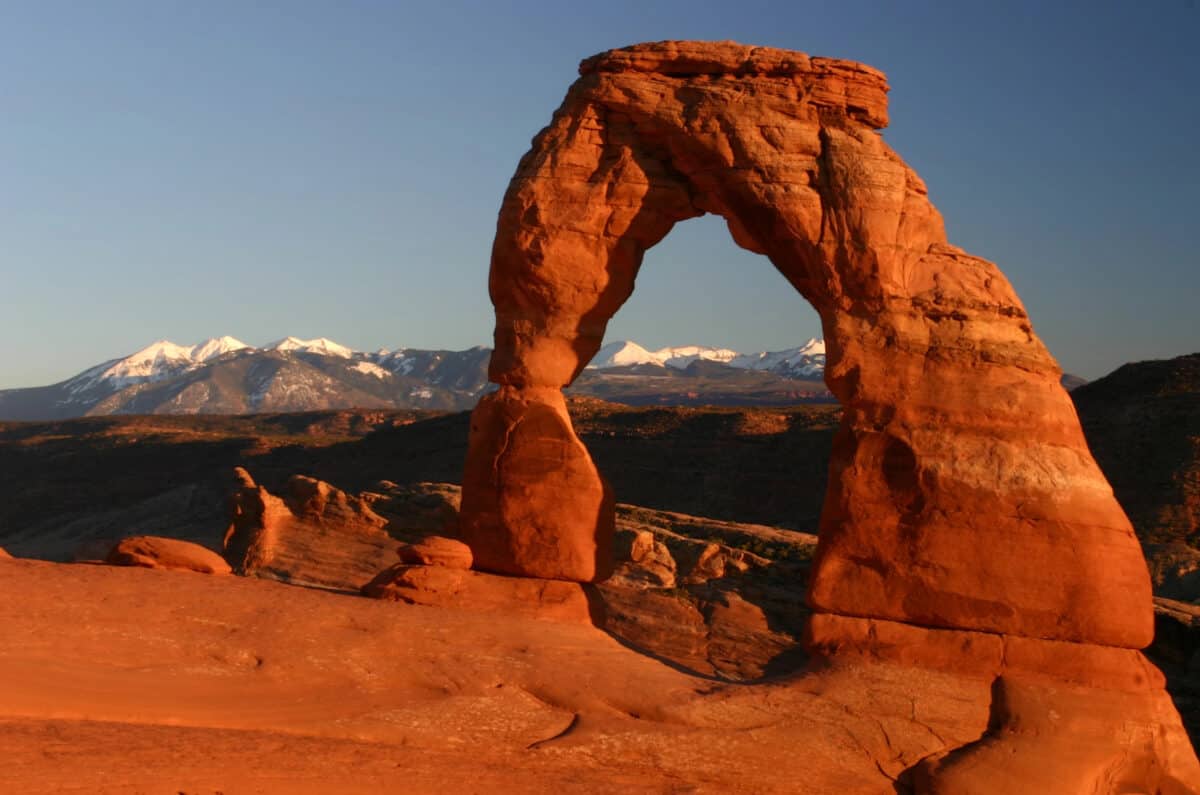
Each of these animals plays a vital role in the ecosystem of Arches National Park, contributing to the park’s biodiversity and natural beauty. I hope you enjoyed reading about the animals that call arches home. To read more like this check out the article below:
- The Top 21 Animals That Call Yellowstone National Park Home
- The Top 21 Animals That Call Yellowstone National Park Home
- The Top 21 Animals That Call Bryce National Park Home
Join our Forum for free today!

- Brown Bear Approaches And Wiggles His Foot - July 22, 2024
- Mountain Biker Has An Extremely Close-up Encounter With a Wild Giraffe - July 22, 2024
- Eagle Flies Into a Moving Car - July 21, 2024

